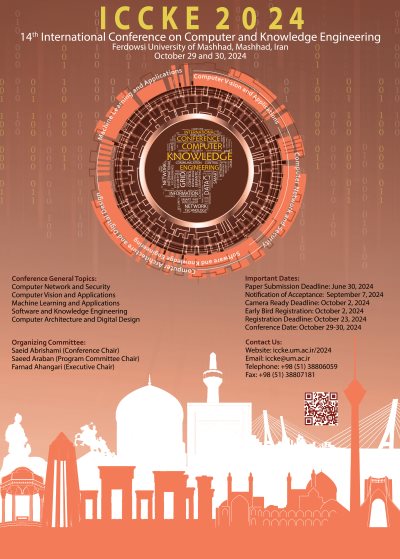0% Complete

Authors :
Keywords :
Abstract :
List of archived papers
Ali Salimi Sadr - Mahdi Shahbazi Khojasteh - Hamed Malek - Armin Salimi-Badr
Ali Farzipour - Omid Nejati Manzari - Shahriar B. Shokouhi
Farangis Sajadi moghadam - Saeid Rashidi
Shiva Sanati - Mahdi Saadatmand
Mahsa Khorrampanah - Mohammad Bolokian - Monireh Houshmand
Ali Asadi Zeidabadi - Melika Changizi - Mahdi Zolfagharzadeh Kermani - Sara Bargi Barkouk
Mina Abroodi - Mohammad Reza Keyvanpour - Ghazaleh Kakavand Teimoory
Amir Hossein Bakhtiari - Azadeh Mansouri




